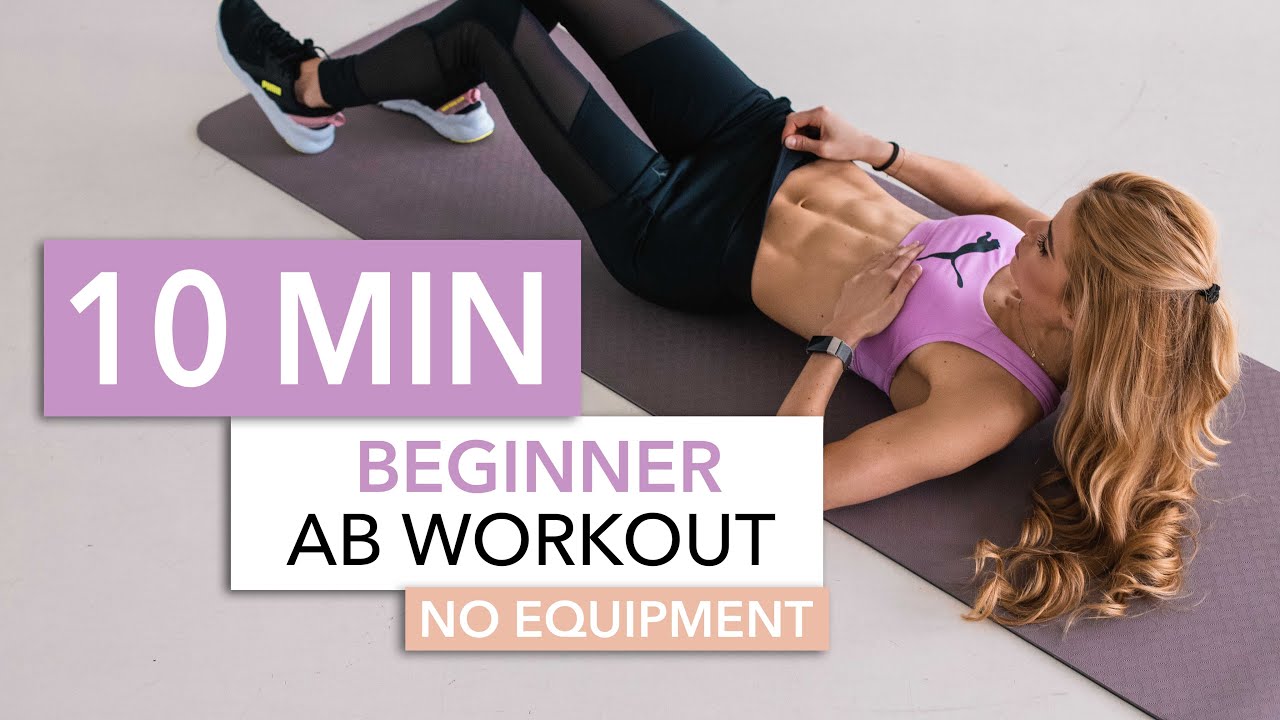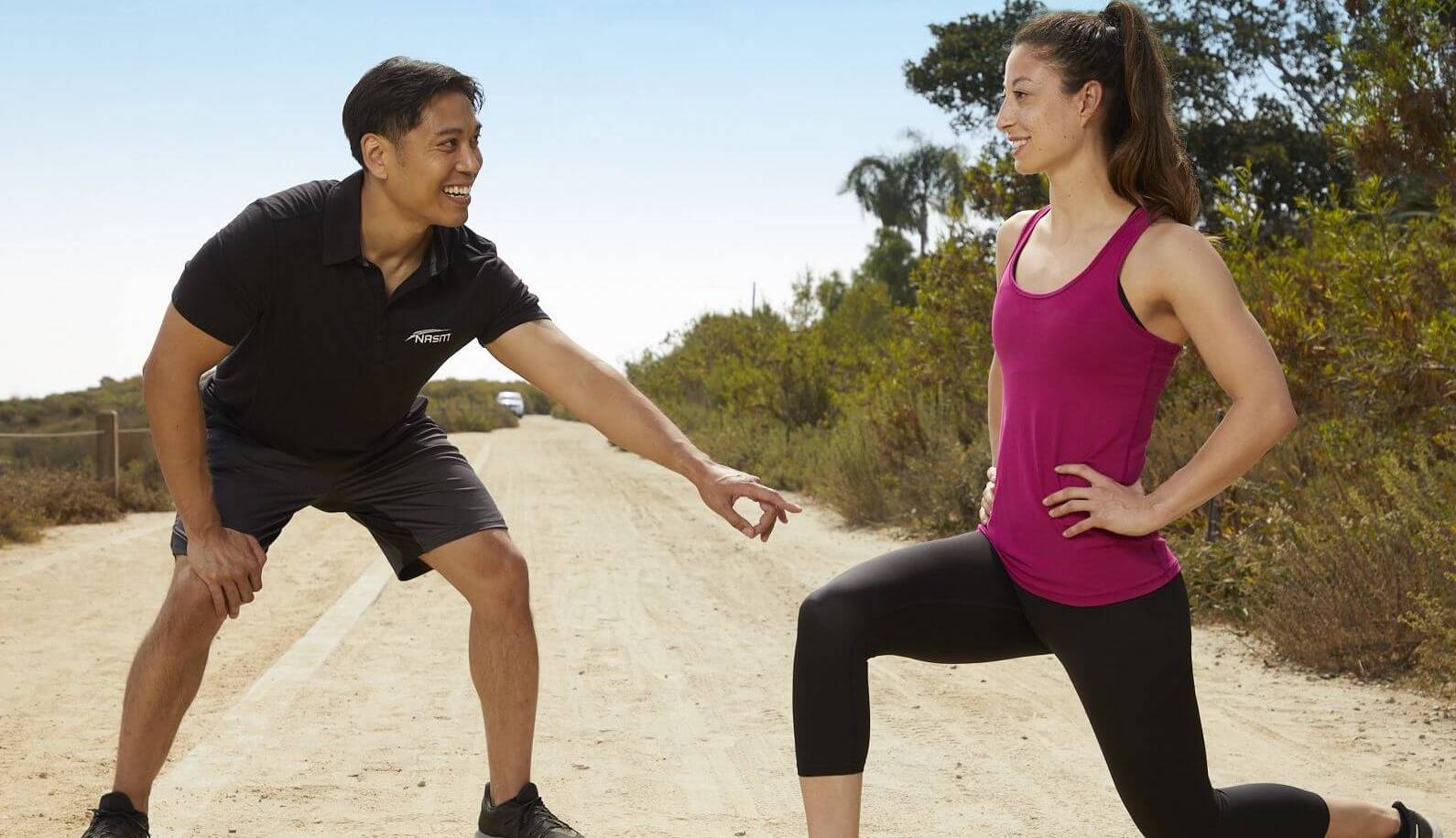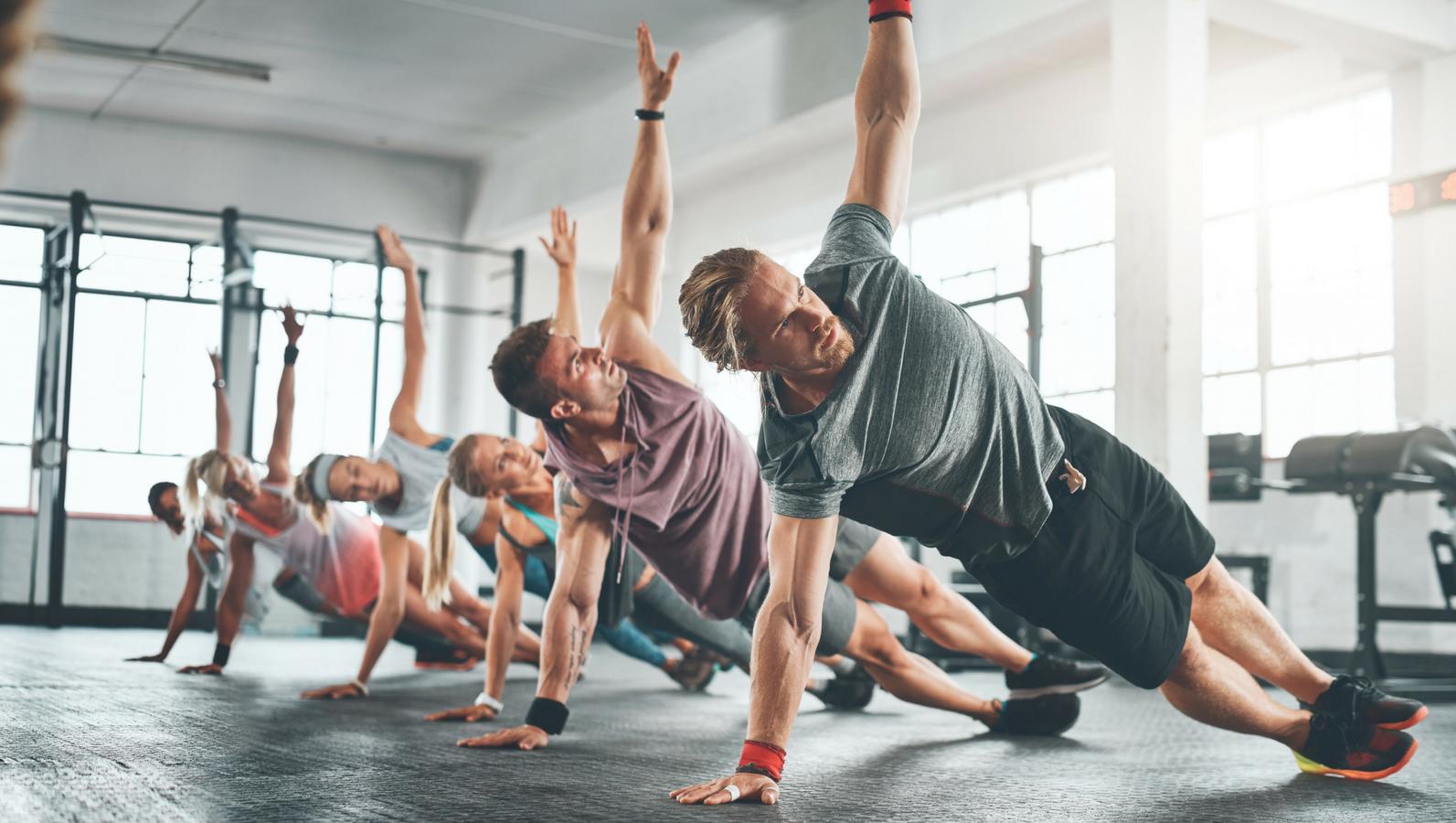
It can be daunting to start a men’s fitness routine. Begin slowly, focusing on one area at a given time. Do not attempt to do too much at once. You could be hurt. It may be difficult for you to start a routine if your previous activity is not a habit. Start small and increase your effort. Over time, you will be able to add more challenging exercise routines.
Pulldown for the lat
The lat pulldown is a classic men's health workout that targets the pecs, biceps, and forearms, as well as smaller shoulder muscles. This exercise can be broken into three phases: set-up, pull, then ascend. Set up the thigh pads using a lat pulldown device by moving your thighs inward. To perform a lat pulldown, use a pronated grip with your palms facing forward.

The handles of a standard pulldown lat machine have handles that can be attached to them. The exercise begins by placing one foot flat onto the floor and leaning back slightly. Keeping your torso in a fixed position, pull the bar to your chest. Now, extend your arms and slowly return to the beginning position. You should feel your back and arms tighten. Repeat the exercise for 5 sets.
Squats
Squats are an excellent bodyweight exercise. Squats are a great exercise that works many muscles and requires little equipment. Squats can also be performed 50 times per week in the mornings, afternoons, and evenings. There are many variations on squats. Each targeting a different group of muscles. You can choose to focus on the active muscles while you lower and rise back up. Squats help you build strength and muscle power.
Squats are easy to do when you use a weighted kettlebell or barbell. Start in front of a rack, with your feet hip-width apart. Next, bend your knees and keep your head and chest up. Lower your hips until they are at a 90 degree angle. After that, raise your hips by pressing your heels into your heels.
Variations of the squat
There are many squat variations. Some are simple, while others are more challenging. One-leg Squat: Place your foot on the backs of your hips. Keep your knees bent and your knees under your toes. This variation is great for strengthening your core, frontal thigh and hip muscles. For more difficulty, the weighted end can be used.

Squat variations are an excellent way to vary a squat workout and make it more effective for your goals. Each variation is designed to focus on a different muscle group. You can change up the variation by using different props like kettle bells and weight discs. Squats are also versatile enough to be done without special equipment. Listed below are five of the most common variations:
FAQ
Do I need to eat before going to the gym?
No. You don't need to eat anything before working out. But if you're feeling hungry after exercising, you may be tempted to snack on light foods like yogurt or fruit.
Can exercise help me lose weight?
Yes. Regular exercise can help you shed extra calories and lose weight. Exercise also helps keep your metabolism up, so you continue to burn calories even when you aren't exercising.
How exercise and nutrition can improve your quality of life
Exercise is good for your health, weight loss, muscle growth, stress reduction, and overall well-being. Nutrition is vital for energy, mood, sleep, and overall health. If you want to live longer, eat less meat, drink alcohol moderately, avoid smoking, and do regular physical activity.
Exercise can I make my body gain weight?
Not at all. Exercising can help you maintain your current weight. You can build muscle mass and speed up your metabolism by exercising regularly. This means your body won’t store as much weight.
Is it safe?
Outside exercise is encouraged whenever possible. However, the temperature of the air is not the only thing that can determine whether you are safe to exercise outdoors. Visibility, wind speed, humidity and precipitation all play a part. Wear layers of clothing to keep you dry from rain and windchill when you exercise outside in inclement conditions.
Is it possible that you can be too thin?
Yes! Both being underweight and having an eating disorder can be dangerous. It is not normal to be less than your ideal weight. You may also feel tired, weak, dizzy, and experience other symptoms that could indicate being underweight.
Statistics
- Physical activity confers the following maternal and fetal health benefits: a decreased risk of pre-eclampsia, gestational hypertension, gestational diabetes (for example, 30% reduction in risk) (who.int)
- In high-income countries, 26% of men and 35% of women were insufficiently physically active, as compared to 12% of men and 24% of women in low-income countries. (who.int)
- Globally, 81% of adolescents aged 11-17 years were insufficiently physically active in 2016. (who.int)
- An estimated 110,000 deaths per year could be prevented (cdc.gov)
External Links
How To
How to burn belly fat faster
Belly Fat is often considered a problem for those who want to lose weight. But if you think about it, Belly Fat is actually a good thing. Your organs are protected by the fat around your stomach. Let's learn how to quickly burn belly fat.
Stress and inactivity are two of the major factors that cause us to store body fat. The cortisol hormone stimulates stress which makes us hungry. Cortisol increases insulin levels in our blood. The excess calories stored as fat are then stored by insulin. The release of adrenaline from our bodies causes increased appetite. These extra calories can easily be lost through exercise.
There are many ways you can reduce belly fat. You can choose to try any of these options, depending on your budget. Here are some quick tips to get rid of belly weight.
-
Eat less food. Eat smaller meals throughout the day rather than eating three big ones. This will help you consume less calories.
-
Drink lots of water. Water flushes out toxins in your body and helps you stay hydrated. Drinking water prior to every meal will ensure that you are satisfied for longer periods of time and won't eat too much.
-
Avoid unhealthy snacks. If you're looking for quick fixes, snack foods like chips, cookies, candies, etc. might seem tempting. Avoid these unhealthy treats. They are full of empty calories, too much sugar, and can be very fattening. Choose healthier alternatives such as whole grains, vegetables, fruits, seeds, nuts and seeds.
-
Strength training should be performed at least 3 times per week. Strength training helps build muscle mass, which means that you can burn more calories even when you are resting. Strength training strengthens bones, muscles and ligaments. It can also improve the heart, lungs, joints, and other body systems.
-
Move regularly and stretch. Stretching increases flexibility and mobility. It also reduces back pain. Walking for 30 minutes is a great way to burn calories.
-
Reduce alcohol intake. Avoid alcohol.
-
Lose weight gradually. The first step towards losing weight is to identify what your current weight is. Then calculate your ideal weight by adding 5% to 10% of your total body weight. Once you have reached your target weight, begin decreasing your daily calories intake by 500-1 000 calories until you reach your goal.
-
Avoid processed foods. These foods are high in salt, sugar, preservatives, and other harmful ingredients. While processed foods can be convenient, they don't offer enough nutrients to ensure your health.
-
Don't skip breakfast! Eating breakfast improves concentration, memory, and energy level. You should have protein (such as eggs) and fiber (such as oats) for breakfast.
-
Have regular bowel movements. Constipation and irregularity cause bloating and gas. Drink plenty of water to prevent gas and fiber ingestion.